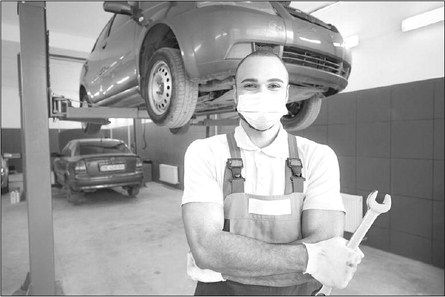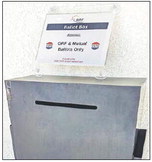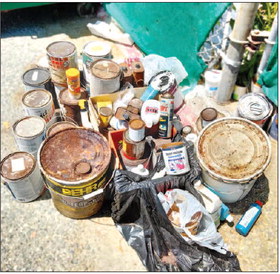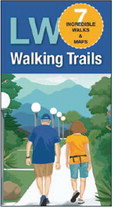Infrequently driven cars need a different kind of maintenance


SO CAL AUTOMOBILE CLUB
As more people are sheltering at home, residents may find that their vehicles being driven far more infrequently than usual. Leaving cars parked for long periods of time can have unforeseen consequences that can impact both the reliability and potentially safety of the vehicles.
To make sure your car will be ready to get moving again when the time comes, follow these tips from AAA, the Automobile Club of Southern California. This advice pertains to cars that have been idle for less than 45 days.
• Add a fuel stabilizer and preservative such as STA-BIL® this can be done by anyone and is as simple as fueling up a vehicle. Also, make sure to fill the gas tank to help minimize condensation. Drive the car for five to 10 miles to ensure that the stabilized fuel is circulated throughout the fuel system.
• Make sure the battery terminals are clean, tight and free of corrosion. People can take vehicles to a AAA-Approved Auto Repair facility for this service. To find one near you, visit aaa.com/ autorepair. Be sure to call ahead to your mechanic to make sure they are open.
• If possible, use a Battery Tender or other maintenancetype battery charger to keep the battery at a full state of charge and prevent deterioration. The Battery Tender should remain connected to the vehicle while it is being stored.
• Add an additional 10 psi of pressure to each tire to help prevent flat spots from forming on the tires. This occurs when the area of the tire touching the ground becomes rigid due to sitting in one position for an extended period. You can also move the vehicle periodically, or if you have the appropriate equipment, place the car on jack stands with the tires off the ground. Storage pads with semi-circular shapes that support the tire over a wider area are also available.
• If the car is due for an oil change, have it done to remove any acids and contaminants. Be sure to call ahead to your mechanic to make sure they are open.
• Prop up the wiper arms so the blades are off the windshield and won’t get stuck to the glass.
• Don’t use the parking brake when storing the vehicle. Depending on the vehicle and storage conditions the brake could become frozen, brake pads could rust to the rotors, or brake shoes could distort the drums. With an automatic transmission simply place the vehicle in park. If the car has a manual transmission, place it in first or reverse gear and use wheel chocks to help hold the vehicle in place.
• Keep your vehicle insured. This protects against claims due to unforeseen circumstances and can also prevent increases in premiums if there is a lapse in coverage.
• Make a list of everything you did to prep the vehicle for storage so you will be sure to undo all of the appropriate steps when putting the vehicle back on the road. Leave the list in the car to prevent it from being lost.
Other common trouble spots:
• Rats and other pests can damage vehicles in long-term storage. Take reasonable steps to protect your parking area from common pests, and if your car has been parked for more than a few weeks, we recommend popping the hood and taking a look for any evidence that wires or belts have been chewed on. Also keep an eye out for furry stowaways in your engine compartment and around the top of your tires in your wheelwells.
• Your local car wash may not be open, and if your vehicle is parked outside it’s likely to accumulate dust, bird droppings and other contaminants such as tree sap or water spots from nearby sprinklers. Over time, exposure to the elements can damage your vehicle’s paint. If you can, we recommend parking under cover or using a weatherproof car cover. If droppings or other localized contaminants do get on your paint, you can use a spot cleaner and a soft cloth.
•The simple solution to almost all of the troubles facing your car as it languishes in its parking spot is to drive it. Experts recommend driving your car for at least 20 minutes once every two weeks. That’s enough time to warm up your tires and protect from flat spots, return some charge to your battery, wear surface rust off your brake disks, and keep the fluids in your car moving and everything properly lubricated. It’s a simple solution, but it works. Cars are designed to be driven, so it’s easier to keep them healthy by putting them to regular use.
Make sure to call your service shop or dealership. It may have limited hours during the pandemic, and you should set an appointment rather than just walking in to cut down on the time you’ll need to spend checking your vehicle in.
There’s also a chance that if you need scheduled maintenance, it may be worth postponing until after social-distancing measures are no longer necessary. If you’re not driving much, or if the maintenance is relatively minor, it might be able to wait. Your service associate can help you make that decision.
Once service has been completed, sterilize your vehicle after pickup.
Your car may be returned to you clean, and extra attention may have been paid to the interior by conscientious service people, but for your own safety and peace of mind we recommend sterilizing common touch points inside your vehicle.





